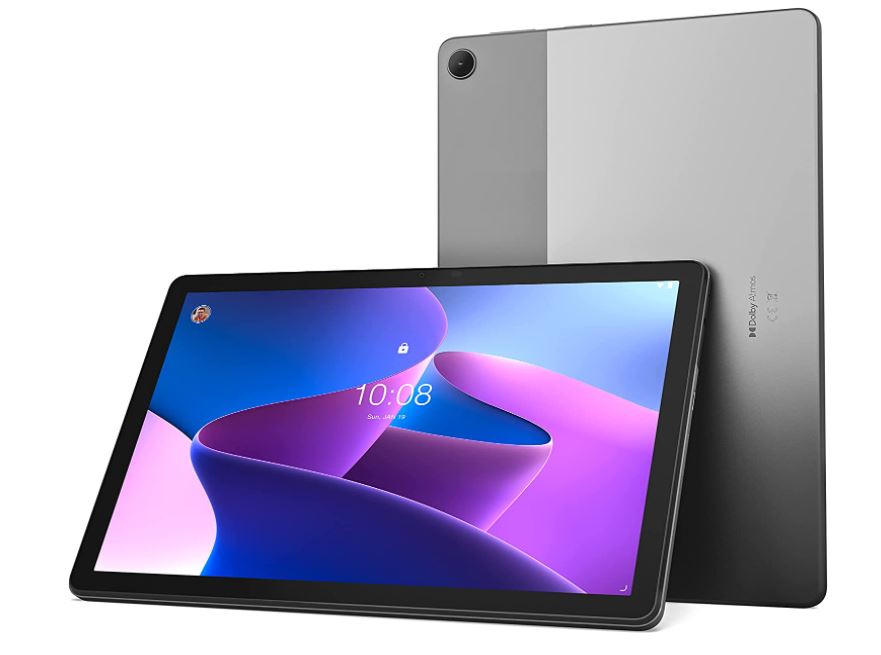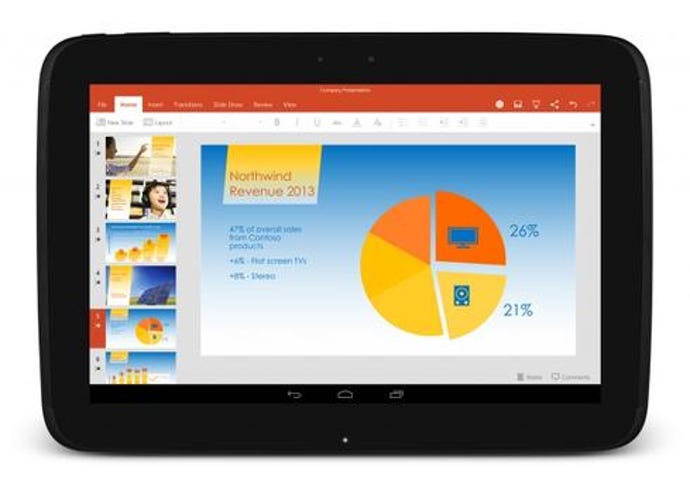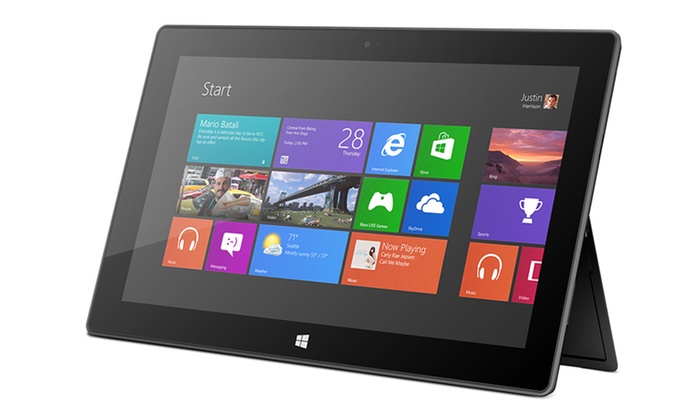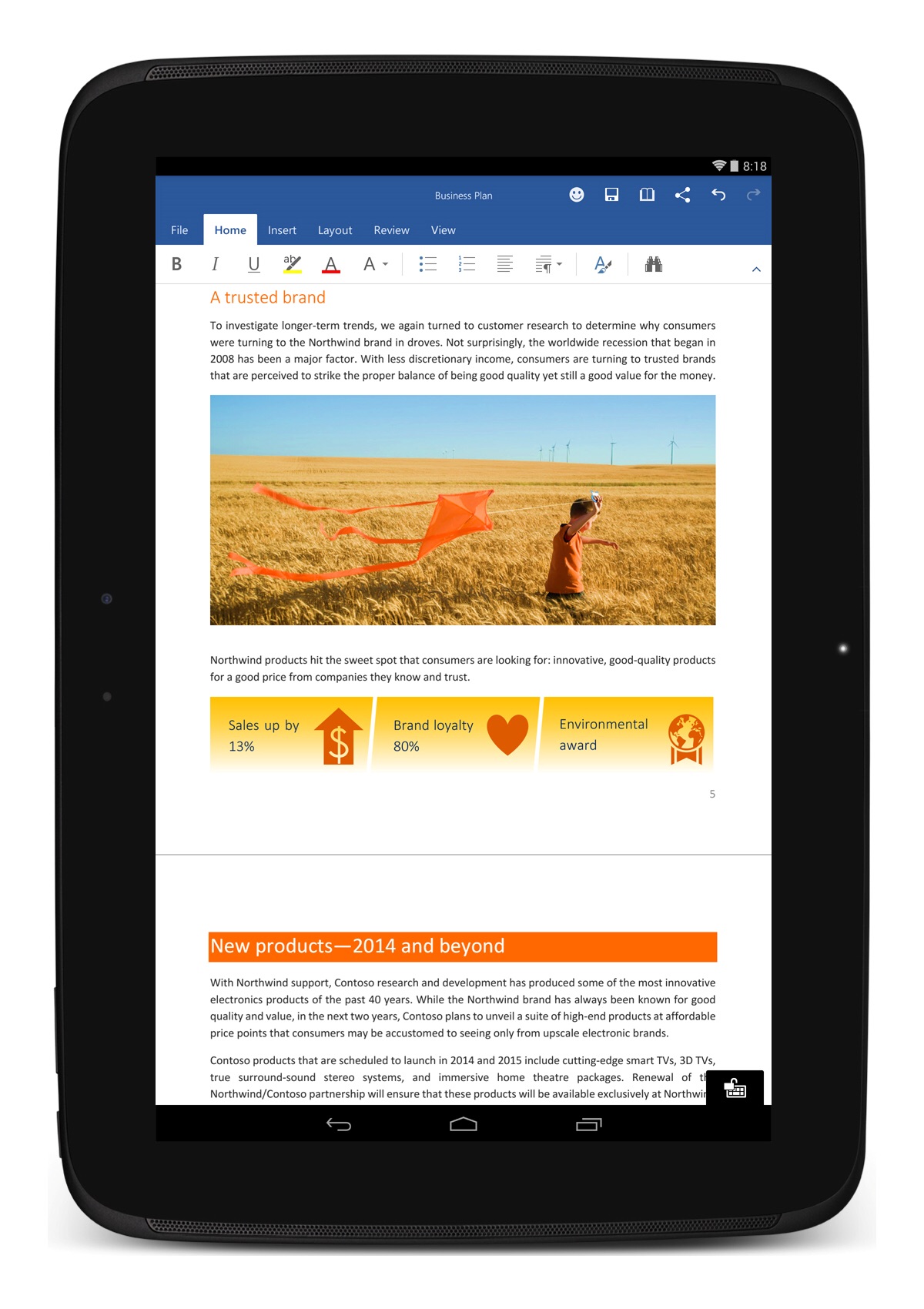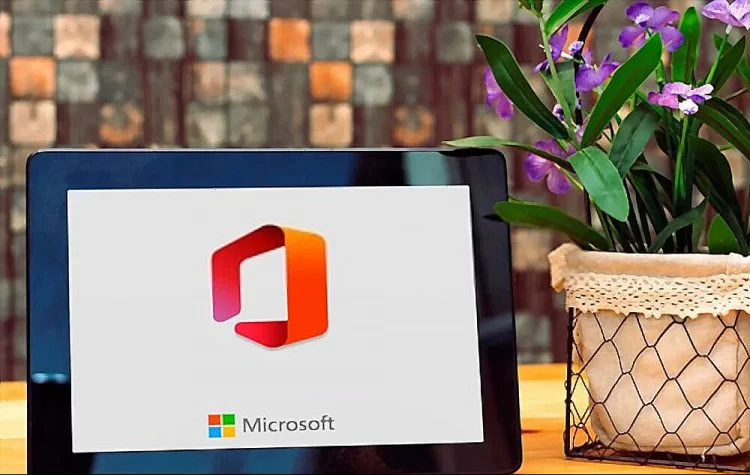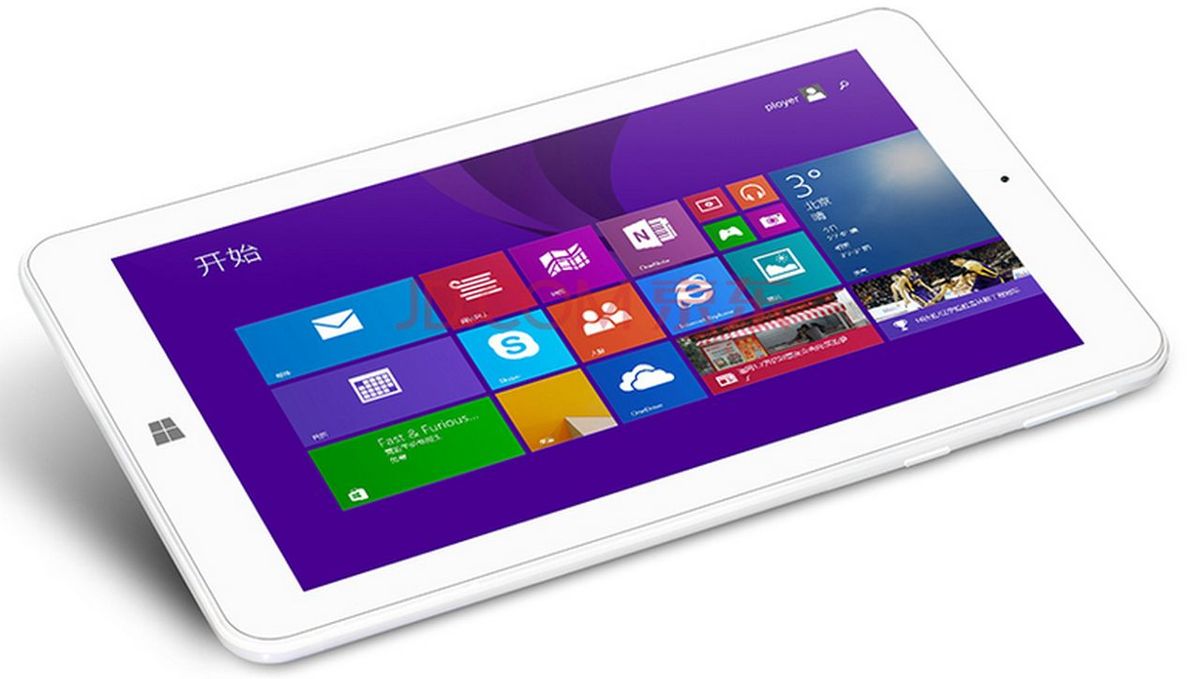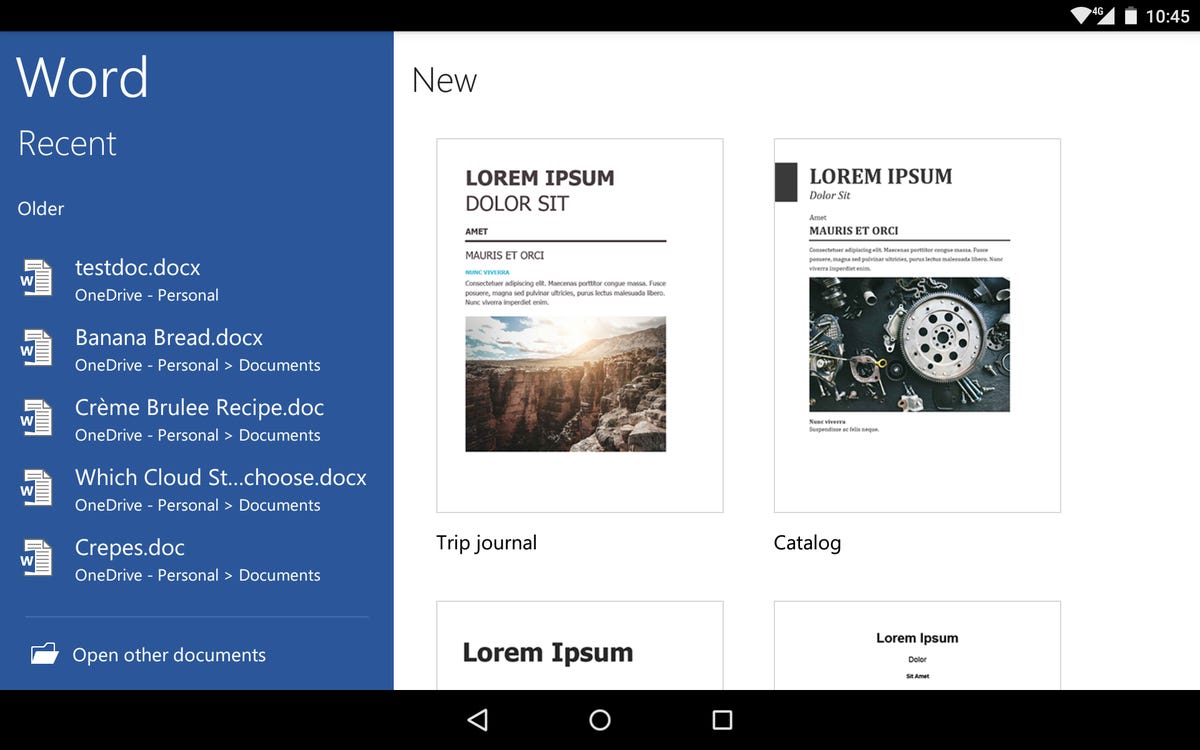Tablets That Have Microsoft Office
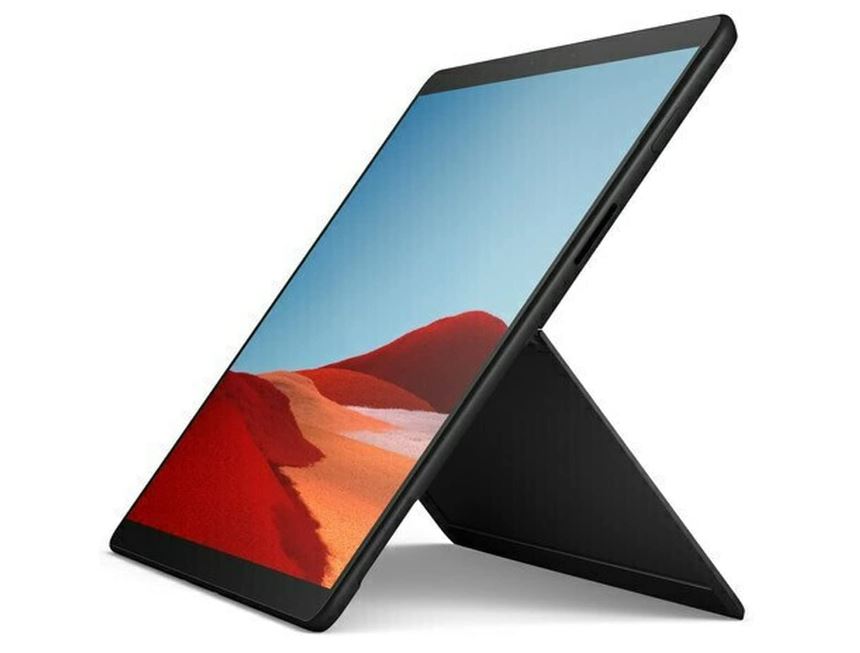
In an era defined by flexible work and constant connectivity, the humble tablet is experiencing a renaissance. Fueling this resurgence is the seamless integration of productivity powerhouses, most notably, Microsoft Office. This pairing promises to transform how professionals and students alike approach their daily tasks, blurring the lines between traditional PCs and mobile devices.
The ability to run full versions of Word, Excel, PowerPoint, and other core Office applications on a tablet offers a compelling value proposition. This convenience has sparked a surge in demand for tablets pre-loaded with or capable of running Microsoft's productivity suite. It is essential to understand the implications of this trend, examining its benefits, challenges, and potential impact on the broader tech landscape.
The Rise of the Productivity Tablet
For years, tablets were often viewed primarily as entertainment devices. They were excellent for consuming media, browsing the web, and playing games. However, their limited processing power and lack of desktop-class software hampered their utility for serious work. The integration of Microsoft Office has changed this perception drastically.
Now, with tablets boasting increasingly powerful processors and optimized operating systems, the dream of a truly mobile workstation is becoming a reality. The availability of full-fledged Office applications allows users to create, edit, and share documents, spreadsheets, and presentations with ease, regardless of their location.
Key Benefits for Users
The most immediate benefit is enhanced portability. A tablet with Office is significantly lighter and more compact than a traditional laptop, making it ideal for travel and on-the-go productivity. Users can seamlessly switch between typing on a physical keyboard (often attachable) and using the touchscreen for quick edits or annotations.
Furthermore, the touch-optimized interfaces of Office apps on tablets provide a more intuitive and engaging user experience. Features like inking and handwriting recognition unlock new possibilities for creative expression and note-taking, especially when paired with a stylus.
Beyond individual users, businesses also stand to gain from equipping their workforce with Office-enabled tablets. Reduced hardware costs, increased mobility, and improved collaboration capabilities can lead to significant efficiency gains and cost savings.
Challenges and Considerations
Despite the numerous advantages, the transition to tablet-based productivity is not without its challenges. One primary concern is performance.
While modern tablets are powerful, they may still struggle with complex spreadsheets or resource-intensive presentations compared to high-end laptops or desktops. Battery life is another critical factor, especially for users who rely on their tablets for extended periods without access to a power outlet.
Furthermore, the tablet ecosystem is fragmented. Not all tablets are created equal in terms of hardware, software, and overall user experience. Choosing the right tablet that meets specific productivity needs requires careful research and consideration.
The Competitive Landscape
The market for Office-compatible tablets is diverse, with numerous manufacturers vying for market share. Microsoft itself offers the Surface line of tablets, designed specifically to showcase the capabilities of Windows and Office. Other major players include Apple with their iPad Pro and Samsung with their Galaxy Tab series, both of which offer robust Office support.
The competition among these manufacturers is fierce, driving innovation and pushing the boundaries of what's possible with tablet technology. Consumers benefit from a wider range of choices, competitive pricing, and a constant stream of new features and improvements.
The Future of Tablet Productivity
Looking ahead, the trend of integrating productivity software into tablets is only expected to accelerate. As tablets become more powerful and software becomes more optimized, the gap between tablets and traditional PCs will continue to narrow.
We can expect to see further advancements in areas such as artificial intelligence, cloud integration, and augmented reality, all of which have the potential to revolutionize the way we work and learn on tablets. The convergence of these technologies will unlock new levels of productivity, creativity, and collaboration.
The tablet, once relegated to the realm of entertainment, is rapidly evolving into a powerful tool for productivity. With the seamless integration of Microsoft Office and other essential software, tablets are poised to reshape the future of work and education.
